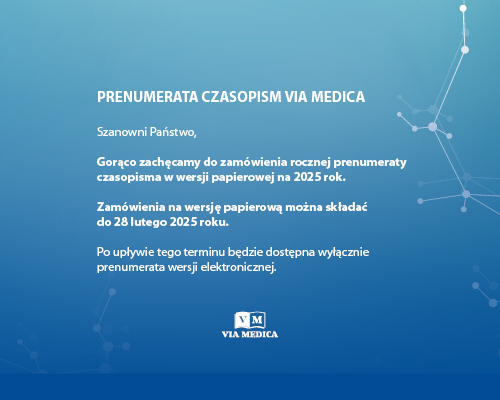Vol 82, No 10 (2011)
ARTICLES
Plasma homocysteine concentrations in mothers and term and preterm newborns
Ginekol Pol 2011;82(10).
Abstract
Abstract Aim: To assess the correlation between homocysteine concentrations and gestational age, gender, Apgar score, complications in pregnancy, delivery modalities and levels of vitamin B12 and foliate. Material and methods: Concentration of homocysteine, vitamins-B12, foliate were measured in cord blood and mother blood. There were 40 full term babies and 38 preterm babies and their mothers. Result: The homocysteine concentration in newborns correlated with homocysteine level in mothers. There was no difference in homocysteine level regardless of newborn’s gender. There was no correlation in the homocysteine concentration of mother’s blood and cord blood with the levels of vitamin B12 and foliate. In full term newborns a significant increase in homocysteine levels in comparison with premature babies was observed (7.2±1.4μmol/l vs. 6.4±1.3μmol/l; p=0.01). Additionally, negative correlation between the mothers’ age and homocysteine concentration (r=-0.23; p=0.04) and positive correlation between homocysteine concentration in cord plasma and gestation age (r=0.28; p=0.01) were found. Conclusion: Homocysteine concentration depends on gestational age, Apgar score and mother’s age. There is no correlation between homocysteine level and hypertension during pregnancy, type of delivery, levels of vitamin B12 and foliate. Determination of homocysteine level is therefore of no significant importance in newborns pathophysiology.
Keywords: homocysteineterm infantspremature infants



